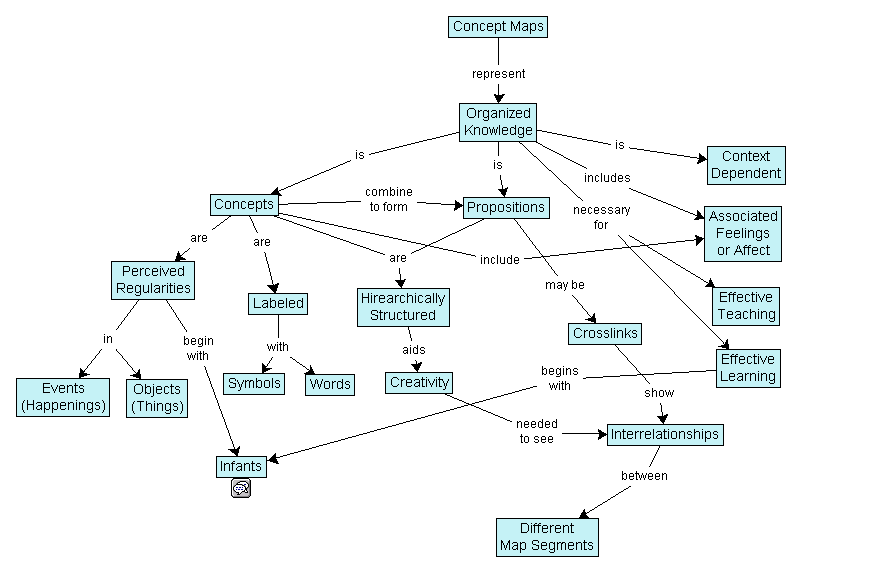Name:
Instructions
Section § 1, “A single android → solenoid?” is a warm up.
Problems in section § 2, “Fitness of units” are roughly in order of difficulty.
They are in this quiz3 primarily as a preview of exam-type questions.
Sections § 4, “You nits” and § 5, “The vocation’s vocabulary” are for your aid in collecting the concepts needed for § 3, “Concept Map”.
-
Turn in this handout.
-
Submit your § 3, “Concept Map” files to Blackboard.
1. A single android → solenoid?
What is a solenoid and why is its structure particularly useful in the context of magnetics?
2. Fitness of units
2.2. You spin me round
The gyroradius or Larmor radius of the circular path of a charged particle traveling in a magnetic field is
You would reasonably assume that radius \(\rho\) is in length units, specifically meters.
Analyze the units of the quantities on the right side of \(\eqref{gyro}\) to show that the right side does indeed reduce to units of meters only.
2.3. History is memory

The magnetic hysteresis curve shown in the figure is also called a B-H curve. A curious aspect of this relationship is the fact that, for some materials, the curve traces out an area instead of just some curved path.
-
What are the SI base units of the area of a closed loop on a B-H plot?
-
Also, show how these units can also be expressed in the more useful form of joules per volume, J / m3.
3. Concept Map
Create a concept map of all of the topics and concepts in ECE 430 covered so far. Use the table of quantities and units, and the table of laws and properties as a guide.
Use the Cmap Cloud software to create your map: cmapcloud.ihmc.us Save your map in your account, then export to CXL format (a text file of XML) and JPEG.
-
Submit both your
.cxland.jpgfiles to Blackboard.

-
Double-click in the canvas to make a concept box.
-
Select a concept box and drag from the left-right arrow above it to:
-
a blank place. Creates another box and a linking phrase.
-
another box. Creates a connection arrow with linking phrase.
-
4. You nits
| Symbol | Name | Unit(s) name, symbol |
|---|---|---|
\(Q\) |
charge |
coulombs, C |
\(\vec{F}\) |
force vector |
newtons, N, kg / (m · s2) |
\(\vec{E}\) |
||
\(\rho_V\), \(\rho_S\), \(\rho_L\) |
||
\(\epsilon_0\) |
||
\(\epsilon_r\) |
||
\(\epsilon\) |
||
\(W_e\) |
||
\(V\) |
||
\(\vec{P}\) |
||
\(\rho_p\) |
||
\(\vec{D}\) |
||
\(\chi_e\) |
||
\(C\) |
capacitance |
farads, F |
\(E_{DS}\) |
dielectric strength |
volts per meter, V/m |
\(I\) |
current |
A, amperes, amps, coulombs per sec, C/s |
\(\vec{J}\) |
||
\(\sigma\) |
conductivity |
siemens/meter, S/m, (Ω·m)-1 |
\(\rho\) |
resistivity |
Ohm-meters, Ω·m |
\(p\) |
||
\(\vec{B}\) |
||
\(\mu_0\) |
||
\(\vec{m}\) |
magnetic dipole moment |
|
\(\tau\) |
torque |
|
5. The vocation’s vocabulary
Begin from the list of quantities, symbols, and units encountered in the course thus far.
Add to this list all of the named laws and properties you’ve studied. Include the name, formula, at minimum. (The number of lines in the table is not significant.)
| Name | Formula + other |
|---|---|